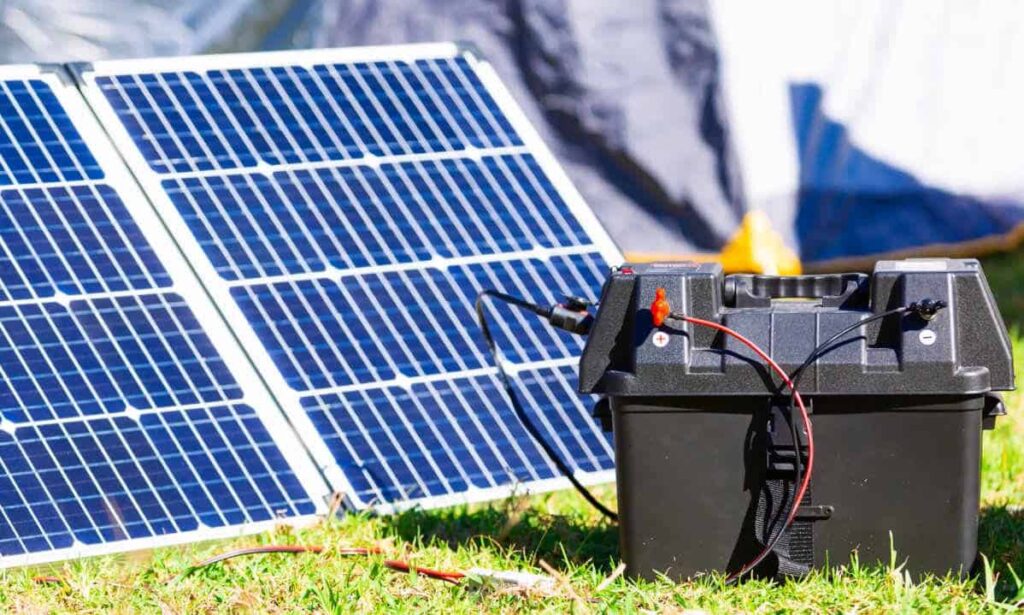The calculation of solar panel and battery configurations for a solar power system depends on various factors, including the desired power output, energy consumption, location, and available sunlight.
- Determine Your Energy Needs: Start by calculating your energy needs in watt-hours (Wh) or kilowatt-hours (kWh) per day. This can be done by adding up the power consumption of all the devices you plan to run on solar power and estimating the number of hours each device will run per day.
- Estimate Solar Panel Output: The output of a solar panel is measured in watts (W) or kilowatts (kW). The amount of energy a solar panel can produce depends on its size, efficiency, and the amount of sunlight it receives. The formula for calculating the daily energy output of a solar panel is:Daily Energy Output (Wh) = Solar Panel Power Rating (W) × Average Daily Sunlight HoursFor example, if you have a 300W solar panel and it receives an average of 5 hours of sunlight per day, the daily energy output would be 300W × 5 hours = 1500Wh or 1.5kWh.
- Calculate the Number of Solar Panels Needed: Divide your daily energy needs by the daily energy output of one solar panel to determine the number of panels needed. For example, if your daily energy needs are 10kWh and each solar panel produces 1.5kWh per day, you would need 10kWh / 1.5kWh = 6.67 panels. Since you can’t have a fraction of a panel, you would round up to 7 panels.
- Determine Battery Capacity: Batteries are typically rated in ampere-hours (Ah) or kilowatt-hours (kWh). To determine the battery capacity needed, you’ll need to consider the following factors:
- Depth of Discharge (DOD): This is the percentage of the battery’s capacity that can be safely discharged. For example, if you have a 100Ah battery with a DOD of 50%, you can safely discharge 50Ah of energy before recharging the battery.
- Days of Autonomy: This is the number of days you want the battery to be able to power your devices without receiving any solar input. For example, if you want your battery to be able to power your devices for 3 days without solar input, you would multiply your daily energy needs by 3.
- Calculate the Number of Batteries Needed: Divide the battery capacity needed by the capacity of one battery to determine the number of batteries needed. For example, if you need a battery capacity of 500Ah and each battery has a capacity of 100Ah, you would need 500Ah / 100Ah = 5 batteries.
- Consider System Efficiency and Safety Margin: It’s important to factor in system efficiency and a safety margin when calculating solar panel and battery configurations. System efficiency can be affected by factors such as wiring losses, inverter efficiency, and temperature. A safety margin of 10-20% is typically recommended to ensure the system can handle unexpected variations in energy consumption or sunlight.
Keep in mind that these calculations are simplified and may not account for all factors that could affect the performance of your solar power system. It’s important to carefully consider all aspects of your specific situation when designing your system.


